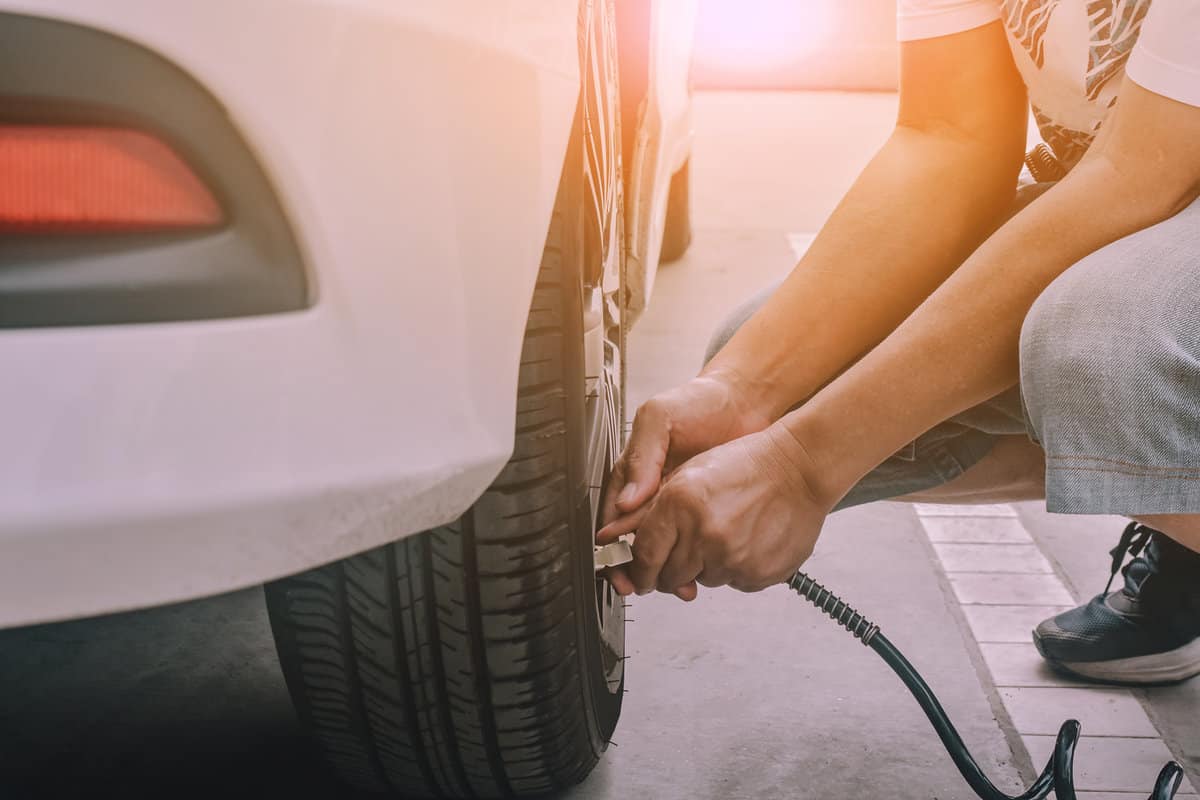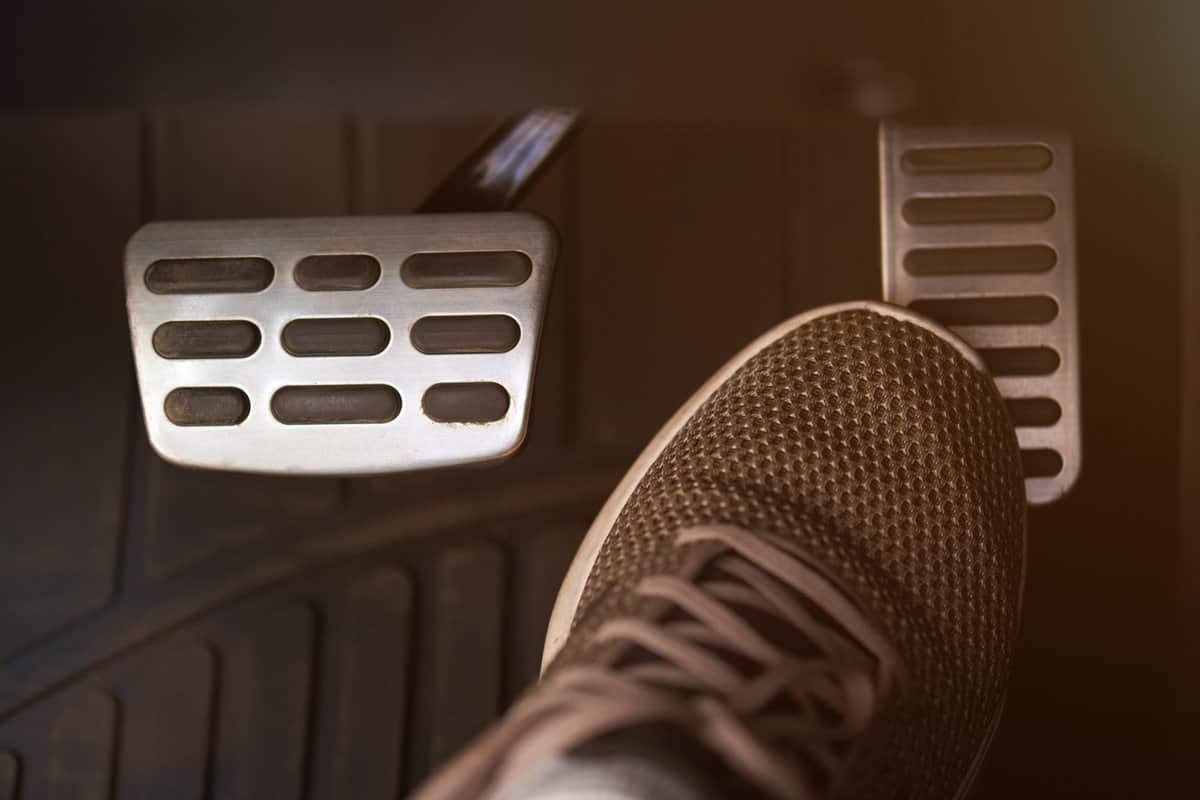It's cool to go somewhere using your Volvo XC90. But what if it's vibrating when you accelerate? Should you worry about this vibration? How to make it stop? Don't panic! We've researched and found the answers to these questions.
Engine vibration while accelerating is most likely due to wheel damage or misalignment. An imbalance in the weight of external components can trigger a vibration. See below on what to do when this happens in no specific order.
- Inspect the wheels.
- Examine the accelerator.
- Check the chassis.
With this article, you will learn what to do when the Volvo XC90 vibrates during acceleration. We'll share with you a list of reasons why the vibration occurs. We'll also talk about other relevant topics. Take this opportunity to learn with us, and let's keep reading!

What to Do When the Volvo XC90 Vibrates During Acceleration?

It's crucial to understand what makes your car vibrate. Upon accelerating, the accelerator will send energy throughout the engine and cause a slight vibration.
But if the vibration seems to go on continuously, then there might be a problem somewhere. That's why we're providing you with a list of what to do about it. See the list below.
1. Inspect the Wheels
The car's wheels are an important component. They should be balanced and proportionate to each other. A slight misalignment or damage may cause vibration when driving. Consider the list below for how you could fix some wheel problems.
Wheel Alignment
Wheel alignment is the act of measuring the size, height, and angle of wheels to adjust them based on their correct position. It is done to ensure that all wheels are proportionate to each other so that a vibration will not occur.
Included in wheel alignment is the resetting of steering sensors to fix the movement when you rotate, brake, and accelerate the car. It's significant that the car's wheels are coordinating properly with other parts, like torque and crankshaft.
You can bring your car to the manufacturer for a wheel alignment. They should test the performance and quality of the car's movement system both in linear and rotational motions.
It's quite difficult to do such alignment by yourself, as they typically use computer technology to detect misalignments and inappropriate measurements.
Also, the tires need an assessment. It's logical to use the correct tire size. You should follow the size requirements based on your car model, and it's not advisable to use other sizes without consulting the manufacturer.

Inflate the Tires
Another reason for vibration is insufficient air pressure on tires, or what is known as deflation.
To check the tires, press them with your hand; they should feel hard and full of air. Also, check if the tires are lying flat against the ground. You need to fill the tires with enough air pressure.
You can use an automatic air pump designed to inflate the tires.
Simply follow the steps below on how to apply air pressure to a deflated tire:
- Move the car a bit to place the air valve on the bottom.
- Turn off the engine, then plug the air pump into an electric source.
- Insert the nozzle of the air pump into the open valve, then switch the pump on.
- Wait for the air to completely fill the tire. Refer to the user's guide for the tire's recommended air pressure.
- Pull the nozzle out and close the valve.
You may refer to this short clip on how to inflate tires:
https://m.youtube.com/watch?start=22&end=80&v=eAdrb3Mmffo&feature=youtu.be
Replace the Tires.
You should evaluate the tires to see if one of them needs a replacement. It might take a lot of time and effort to replace a single tire, so find a safe spot where you can do the replacement.
You will need:
- A spare tire
- A lug wrench
- A jack
- Chocks
- Gloves (optional)
Now, follow these steps to replace a faulty tire:
- Place chocks on all tires.
- Lift the car with a car jack.
- Twist the bolts with a lug wrench, then pull out the old tire. You can use your feet to add force to the wrench if the bolts seem tight.
- Install the replacement tire, then lock it with the bolts.
- Test the tire while there's still a jack. It should roll smoothly.
While many drivers change tires without chocking the wheels, chocks are affordable, offer more safety, and can be used for other situations too. It's good to keep a set of chocks, like the ones below, in your trunk for emergencies.
Click here to see these wheel chocks on Amazon.

2. Examine the Accelerator
The accelerator compresses the air and fuel that will result to an internal combustion. Hence, making the car move forward. Also, the accelerator makes a slight vibration, but that should last for only a few seconds.
It's important to retain the good performance of the accelerator. Consider the list below on how to keep the accelerator at its best.
Clean the Filter
The accelerator cannot perform well if the air filter is clogged with dirt. You should clean the filter to give way to the air pressure passing through. Otherwise, the air will accumulate inside and force its way out, resulting to vibration.
To clean the air filter, you will need:
- A vacuum cleaner
- A screwdriver
- Liquid soap, such as dish soap
If the tools are ready, you can now proceed to these steps:
- Unscrew the filter with a screwdriver.
- Suck off the dirt with a vacuum cleaner.
- In a basin of water and liquid soap, submerge the filter repeatedly until the dirt is removed.
- Wash the filter again with clean water.
- Dry the filter with an old cloth.
Check the Ignition Wires
The ignition and accelerator are coordinating with each other. They can not function together if one of them is at fault. Simply trace the ignition wires and check if you can see a corroded or exposed part. You may need a technician to fix broken ignition wires.
Refill the Transmission Fluid
Transmission fluid is made to lubricate the engine for smoother distribution of energy throughout the car's components, like the shifter and torque. Having a low level of transmission will cause your accelerator to malfunction. This might be what triggers a vibration in the engine.
You can refill the transmission fluid tank by pouring in the same fluid you used. Remember to never mix different fluid types, as this will cause your car a lot of trouble. Refer to the user's guide or ask the manufacturer about the right type of transmission fluid.
3. Examine the Chassis
A chassis is the external frame of the car. It's basically the foundation of all the motors and components. Look for the damage, especially underneath the car. There might be broken shafts or loose bolts. You need to bring it to a technician, as you cannot drive safely with a broken chassis from beneath.
How Acceleration Happens
When you step on the pedal, it will coordinate with the engine to control the airflow. The engine can then rotate the crankshaft due to combustion. Also, the more force you put into the pedal, the faster the crankshaft will spin. The end result is the car's increased speed.
Other Causes of Car Vibration
It's important to know the other reasons your car vibrates. The accelerator is not the only suspect in this case. Refer to these reasons below.
Loose Steering Wheel
The steering wheel is connected to the crankshaft, which makes the car turn its body. It has a suspension mechanism that stabilizes the tires and pulls your car forward. You need a technician to fix a loose steering wheel.
The Car Is Too Old

Your car may be too old for smooth engine performance. There might be rust eating up the metallic components, or the motors are too weak to function properly. You should consider how old your car is, as the quality of the car degrades over time.
Cars can last for up to 12 years on average, or 200,000 miles in total driving distance. This will depend on how you manage your car. The motors will get exhausted as the car grows older. However, underuse of it may also trigger problems. You need to balance the car's usage to prolong its lifespan.
Conclusion
This is really an informative article. We've discussed some things to do when your car vibrates during acceleration. Of course, we tackled possible reasons for such vibration.
We've learned how acceleration occurs and how to deal with flat tires. Remember to keep the sizing and other measurements of car parts accurate.
You've learned that old cars are prone to damage due to weakened body parts and components. Balance the use of your car to prolong its lifetime.
Do you want to learn more? Try visiting these useful articles here:


